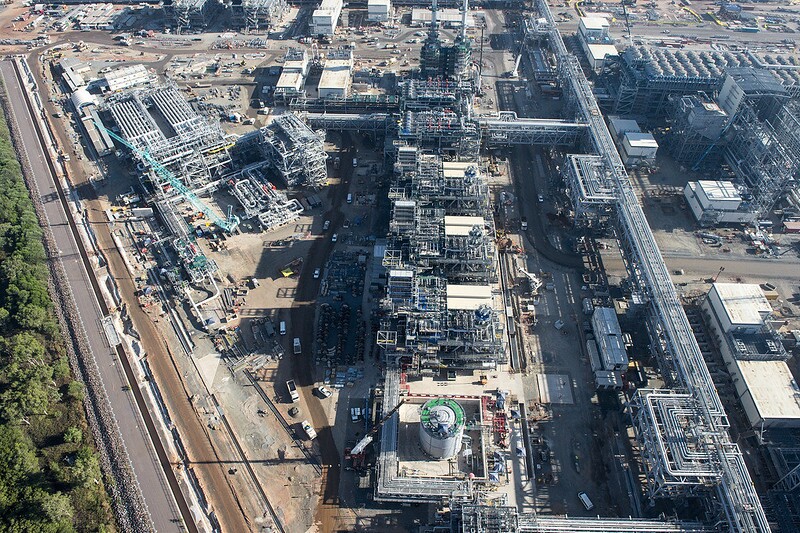The INPEX-led Ichthys LNG project in Australia was recognized by the 2021 International Petroleum Technology Conference (IPTC) Excellence in Project Integration Award, which highlights projects with budgets of at least $500 million that have demonstrated distinction throughout the entire exploration and production value chain.
The announcement was made during the 2021 IPTC Opening Ceremony on 23 March.
The award is given to a project that adds value to the industry and exemplified strong teamwork, solid geoscience knowledge, reservoir and production engineering acumen, determined and watchful construction, and outstanding facilities engineering practices.
Ichthys is ranked among the most significant oil and gas projects in the world. A joint venture between INPEX group companies (the operator), major partner Total, and the Australian subsidiaries of CPC Corporation Taiwan, Tokyo Gas, Osaka Gas, Kansai Electric Power, JERA, and Toho Gas, Ichthys LNG is expected to produce 8.9 mtpa of LNG and 1.65 mtpa of LPG, along with more than 100,000 bbl of condensate per day at peak.
It is one of the few energy projects worldwide to incorporate the whole chain of development and production: subsea, offshore, pipeline, and onshore.
Located off the coast of Australia, Ichthys primarily produces LNG. Condensate gas is extracted from the offshore field and processed on a semisubmersible platform, which separates gas from liquid prior to transporting the gas via the longest pipeline in the Southern hemisphere to the onshore LNG plant almost 900 km away near Darwin (Northern Territory). The onshore liquefaction plant is the first in the world to use combined-cycle technology; offshore, the central processing facility and FPSO have special systems fitted to recover vented gas and steam, according to Total’s website.
Other projects named as finalists in the competition were Total’s Culzean development in the UK North Sea and Saudi Aramco’s Khurais Arab Light Increment in Saudi Arabia.
Located in the harsh environment of the UK North Sea, the Culzean development taps complex reservoirs via ultrahigh-pressure/high-temperature wells. The project included a newbuild drill rig, a three-platform processing complex, a newbuild FSO and over 60 km of large-bore gas export pipeline, and was delivered safely, ahead of schedule as well as under budget.
The Khurais Arab Light Increment program features increasing oil production from the existing Khurais, Abu Jiffan, and Mazalij fields and thereby boosting the production capacity of the Khurais central processing facility from 1.2 million B/D to 1.5 million B/D. This was achieved by constructing a 300,000 B/D oil processing facility together with the construction of a satellite gas oil separation plant at Mazalij and Abu Jiffan to separate the additional crude, gas, and water streams, and recover 200,000 B/D together with additional production and water-injection wells. The program also incorporates major environmental, energy, and reliability enhancement scope items.


